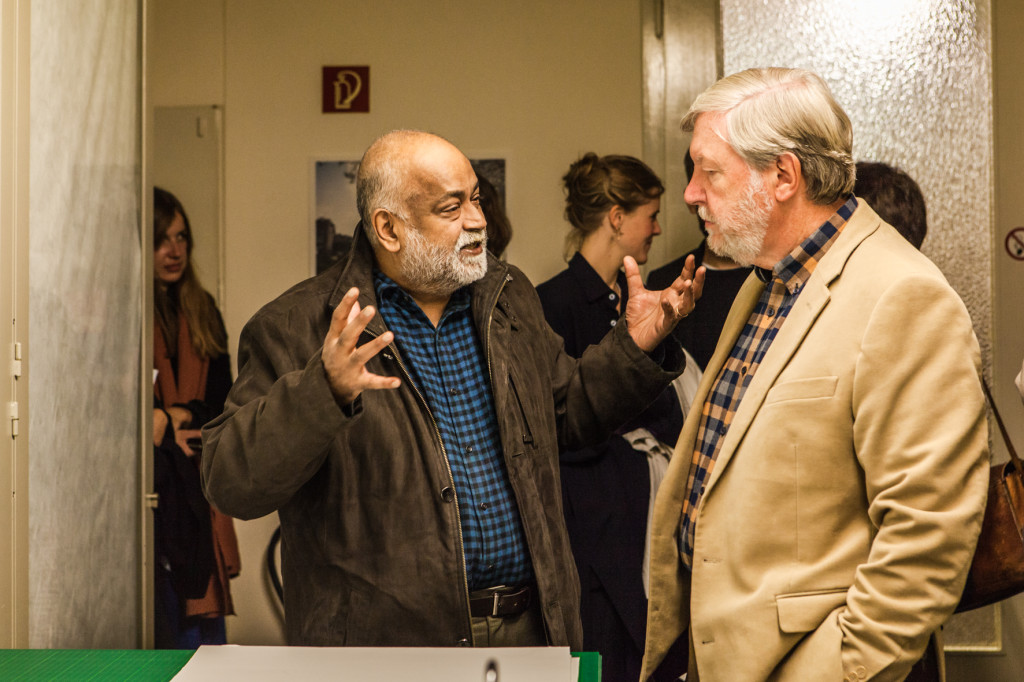There are two general aspects of objecthood I want to consider (…). The first concerns the respects in which the arrangement of the relations between the individual objects that are assembled together in museums bring into being the more abstract entities – like art, prehistory, community, national heritage – that then subpoena those objects as aspects of the realities and relations they organize. The focus here is thus on the operations of cultural institutions in producing distinctive kinds of objecthood understood as a product of the arrangements of objects that they effect rather than on distinctive kinds of object: objects classified as natural are just as much caught up in distinctive kinds of cultural objecthood through their inscription in natural history displays as are objects classified as archaeological or as artistic in art museums.
Made durable and sustainable by the institutional ordering of the relations between material objects, such regimes of objecthood operate much like the quasi- objects Michel Serres discusses in his account of the role that the stabilization of objects plays in the constitution of social relations. Like the tokens in a game that, for Serres, constitute the paradigm case of quasi-objects, such regimes of objecthood are very much ‘in play’ in the processes through which social collectives of various kinds (whether classed, regionalized, gendered, racialized or sexualized) are organized through the positions that such collectives take up in relation to each other via the quasi-objects through which the moves and counter-moves of identity formation are mediated.
Niklas Luhmann recognizes this in the case of works of art which he interprets as quasi-objects in the sense that they maintain their concreteness as objects throughout changing situations while also assuming “a sufficient amount of variance … to keep up with changing social constellations” in view, precisely, of the fact that their significance as art is not a given but derives from their social regulation.
Second, however, Karin Knorr-Cetina’s observations on the open structure of ‘epistemic objects’ and its consequences for the organization of epistemic desire and the distinctive forms of activity and relations to the self this makes possible suggest the need to also take account of the ways in which the regimes of objecthood produced by museums are differentiated with regard to the distinctive kinds of work and self-work that these make possible. What kinds of complex inner organizations do objects acquire from their insertion in different regimes of objecthood? What kinds of interiority on the part of the subject do these enable and/or require? What kind of work of self on self do different kinds of cultural objecthood make possible? Or what kinds of closure do they operate? And how are their roles in these regards related to processes of identity formation? (…)
Taken from: Tony Bennett (2005): Civic Laboratories, Cultural Studies, 19(5), p. 521-547, pp. 529-530, Taylor & Francis Ltd, www.tandfonline.com. Republished by permission of the publisher.
